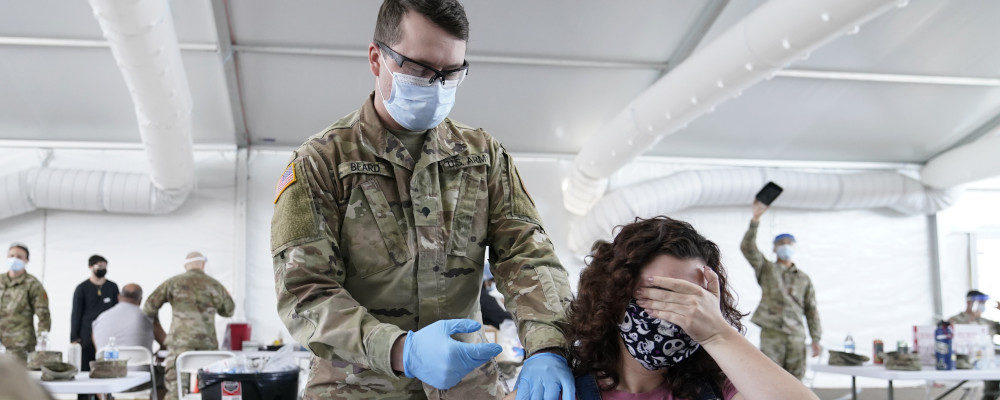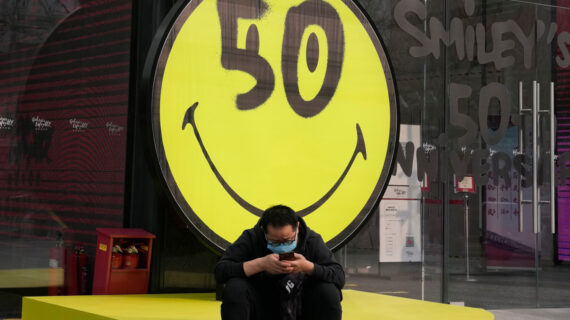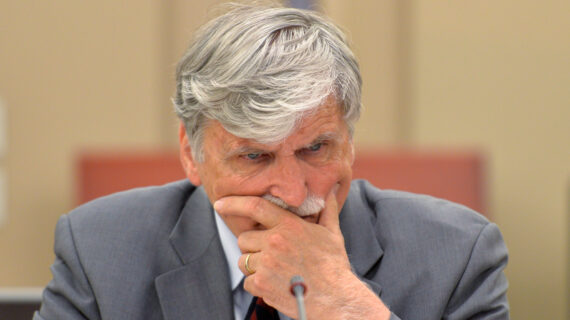There is a video from the BBC I watched about a month ago that I very much relate to. It shows a man, Adam, and he is mustering as much determination as he can gather to gird his will and it is not enough, it is utterly inadequate.
He is a man with a needle phobia, living through a global pandemic. Being vaccinated is critically important. He wants to get a jab. He shows up to the clinic. He spends hours working up his courage. He is overwhelmed and he cannot go through with it.
That used to be me. I am part of the estimated 3.5 percent of the population diagnosed with a “blood injection injury phobia.” General fear of needles is more widespread, though. Around ten percent of the population lives with a high fear. About a quarter of adults and two thirds of children have some fear of needles. There is evidence this is driving current vaccine hesitancy by as much as 10 percent — a crucial problem when trying to get as much of society protected from COVID-19 as possible.
I understand the hesitancy. I avoided needles as best I could for as long as I could, ever since the first time the school nurse jabbed me as a child and my vision blurred and I keeled over in a faint. The same experience followed with every subsequent needle. I’d get jabbed, my knees would go weak, and eventually just the sight of them made me sick. In Grade 6, after my hepatitis booster, I managed to at least make it back to class. But when I felt my ears begin to buzz and every sound carried an echo inside my light and rapidly rising head, I politely excused myself and made it out into the hallway before I collapsed and lay prone until a teacher found me.
Pale and limp, “like a ghost,” a girl in my class told me later. “We thought you were dead.” In university I got sick and had to get my blood drawn for testing. I drove up to the clinic and sat outside and wept until I finally, somehow, opened the door and walked in. The nurse was nice. She gave me a juice box.
I say that used to be me. On March 11, 2020 the reality of the pandemic hit home for most of us in North America when the NBA canceled its games because Rudy Gobert of the Utah Jazz had tested positive for the coronavirus. Providentially, just a few days later I left my last session of exposure and cognitive behavioural therapy to get over my fear of needles. I still do not love them, but they no longer defeat me. Just in time.
All of this said just to say: if you are afraid of needles and if this has been a particularly difficult year accordingly, if you have postponed getting the vaccines because of it, I understand. But it is better to be free of this fear. That seems impossible. It is not. It will be difficult and uncomfortable, but is easier with a plan. And if you are like Adam from the BBC video and desperate to get over your phobia, here are some practical steps you can take. (Obvious disclaimer here that I am not an expert. Consult with your doctor or trusted mental health professional and they will provide personalized guidance. This is just what helped me.)
On the advice of a psychology professor at my university I began a self-directed program of exposure therapy during my fourth year, and mainly so I’d have an experience to write about for a literary journalism class I was taking. To my genuine surprise, it was actually effective. I fell out of practice once I finished the class, but picked it up again a few years later with the help of a therapist who kept me accountable to a schedule.
Overcoming Medical Phobias: How to conquer fear of blood, needles, dentists and doctors by Martin M. Antony and Mark A. Watling was the resource I initially used, and I am certain you will find it if not helpful then at least informative on the subject.
The concept is simple. Exposure therapy, as the name suggests, helps you to overcome your fears by exposing you to them, little by little and only as much as you can initially handle, until as much as you can handle becomes quite a lot indeed.
Think of the scariest movie you have ever seen and how you felt the first time you watched it. Now, take the time, and watch it ten times in a row back-to-back-to-back- etc. It is impossible for Jigsaw, Freddie, Hannibal Lecter to retain their same terrible form once the novelty of the experience is gone. Eventually with enough repeated exposure you adapt; the same blood, screams, and shifting shadows necessarily lose their horrific hold on your imagination. Your body cannot muster fight or flight urgency to the exact same stimuli, over and over again. The Exorcist is scary the first time you watch it. It is boring the one hundred-and-first time.
Phobias are more persistent than jump scares. Still, the concept applies. To start, list out the situations and aspects related to getting a needle that are frightening. Then, develop a hierarchy and rank them from least frightening to most frightening.
Start by exposing yourself to the least frightening activity you have listed (perhaps looking at a picture of a needle) for as long as you can, as many times as you can, until it becomes bearable. Then, next session, move on to the next activity (perhaps holding a real needle in your hands), and do not stop until each activity listed, each previously incomprehensibly difficult task (like actually getting a needle), has become dull and familiar and as easy for you as everyone else. This may take weeks or months, but you will see results if you are persistent.
Additionally, if you feel faint or dizzy during or after injections, as I used to, this is a common response known as a vasovagal syncope. Applying muscle tension in the moment will help.
I empathize with Adam trying to get his needle through sheer brute force of will. But that is clearly not a sustainable strategy. “It feels like the world is ending in that moment,” Adam says. I know. But it is much easier to prepare yourself for the moment beforehand, to neutralize it before it can arrive and collapse down upon you.
With phobias, your physical response follows from your mental state. Overall, understanding how much of my fear response was being caused and worsened by my own mind, my constant catastrophization, was crucial to lessening that fear and getting on with the exposures.
Truly, starting is the most difficult part. If that is a trite statement then so be it; it is no less true for it. Here is another: It takes hard work to do the hard things worth doing, and this is worth doing. Not just to dutifully meet the demands of this moment, but because your own wellbeing will be better for it long after this virus is an afterthought. You got this.




